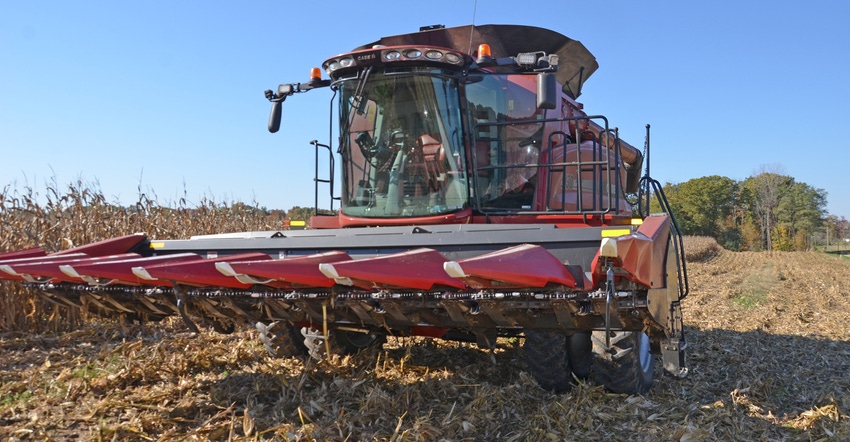September 28, 2022

We’ve traded combines every three years. We didn’t trade last year because we couldn’t get one. Should we try trading now for ’23? Or should we keep running our 4-year-old machine and then leap to a new one with the latest technology?
The Profit Planners panelists include David Erickson, farmer, Altona, Ill.; Mark Evans, Purdue Extension educator, Putnam County, Ind.; Jim Luzar, retired Purdue Extension educator and landowner, Greencastle, Ind.; and Steve Myers, farm manager with Busey Ag Resources, LeRoy, Ill.
Erickson: If your traditional trade schedule worked considering cost and reliability, I would not abandon it now. See if trading is a possibility for ’23 and evaluate if it makes sense. Trading for a 1- or 2-year-old combine might be worth considering, given the limited availability of new combines now. You might need to expand your circle of options to more dealers to see if other opportunities exist.
Evans: Realistically, finding a new combine may be into 2024 before delivery. If your machine is 4 years old, it may be to your advantage to conduct an overhaul to get another two or three years. Time ordering for next year for delivery in 2025, if that fits your schedule.
Conduct a side-by-side cost comparison between two scenarios: beefing up your current machine compared to making a new purchase. Unfortunately, both availability of parts and timing of receiving a new machine are major factors.
Luzar: Sometimes producers develop a “system” that works fine until external factors change. This makes employment of the old system more difficult. Lack of machine availability has thrown off your system. A new paradigm for equipment replacement may be useful.
First, start with what is important regarding the combine. Crop mix, acres harvested, operator availability, business financials and capacity to work on the combine all play a role in how you manage combine ownership. Financial implications may dictate you postpone purchase for a few years, no matter your other concerns. Some operations may not have the capacity to make repairs on an older machine. Your concerns and constraints should drive this decision.
Extending ownership of the current machine could necessitate more repair costs in the next few years. Scale of operation determines hours and will impact final value of the machine. Plus, combine values move directly with overall net farm income. Your current machine may not depreciate as much if farm incomes sustain good levels. Keep an eye on new technology, but place value on what that technology does for your business.
I’m sure it was simpler to trade every three years, but evaluating your combine investment in detail should provide more confidence in your decision.
Myers: This is a constant consideration based on availability of new or suitable used machines that will need to be analyzed on a case-by-case basis. Consider the impact, both physically and financially, as well as reliability and maintenance requirements of the current machine, when considering trading up. Weigh each possibility of trading with the reliability of your current machine and potential depreciation of it compared to trading.
You may have the same choices as last year. If the decision to hold last year was correct, does the same answer apply today?
You May Also Like




